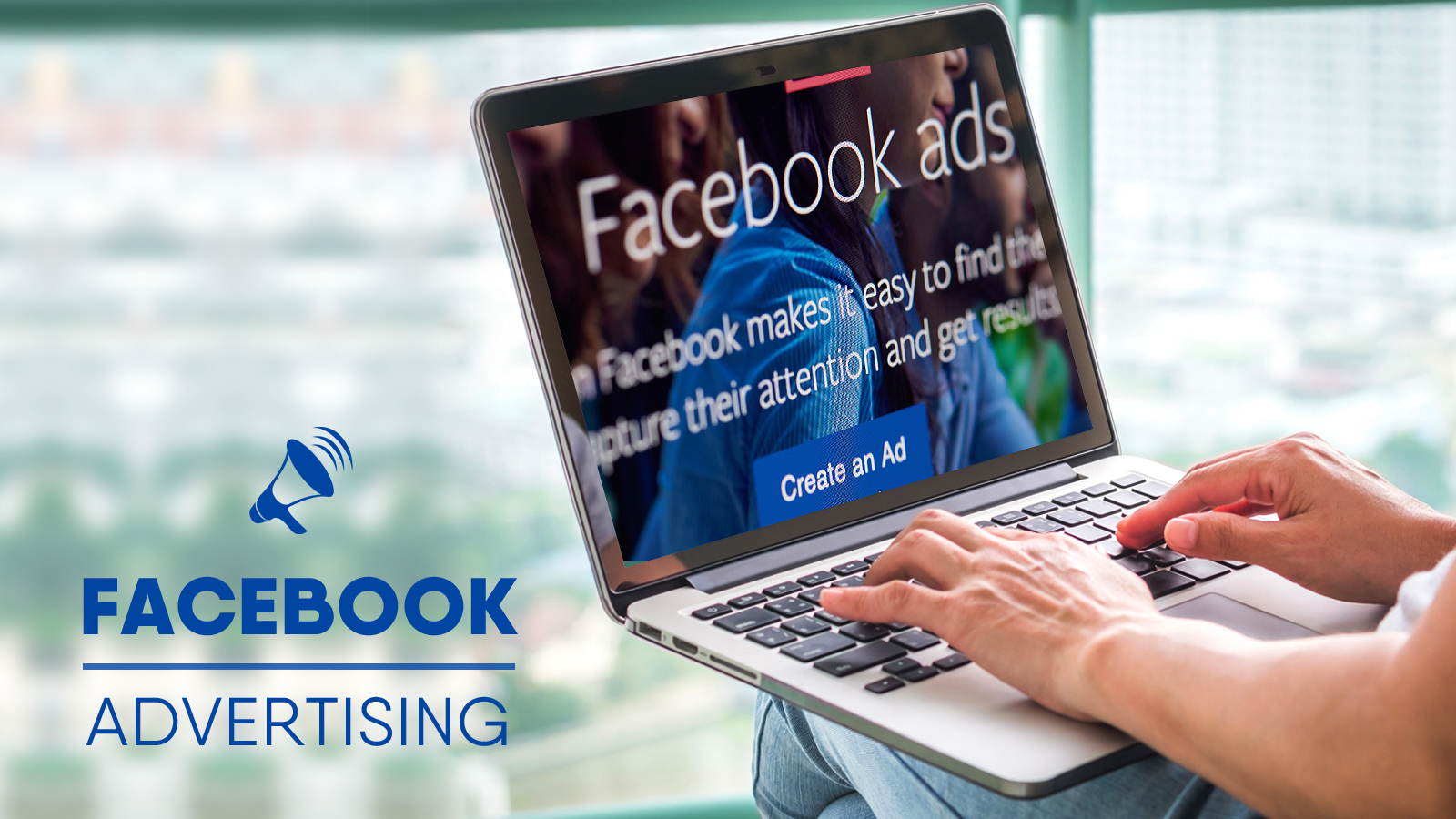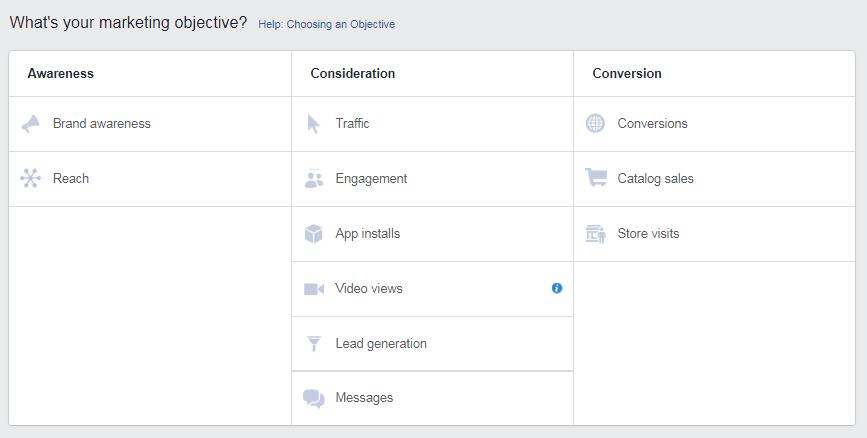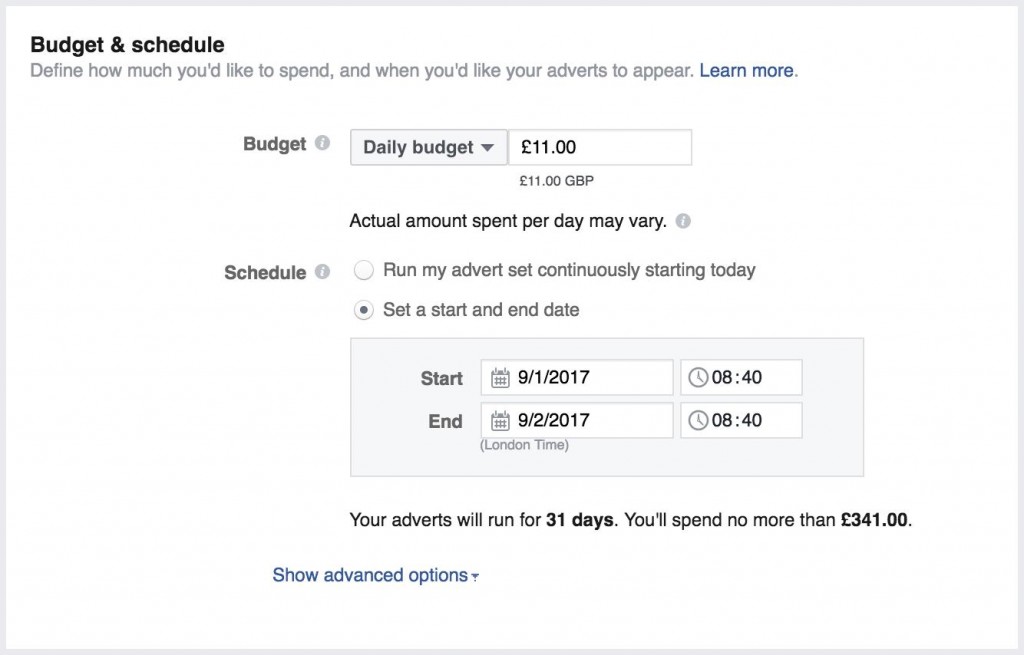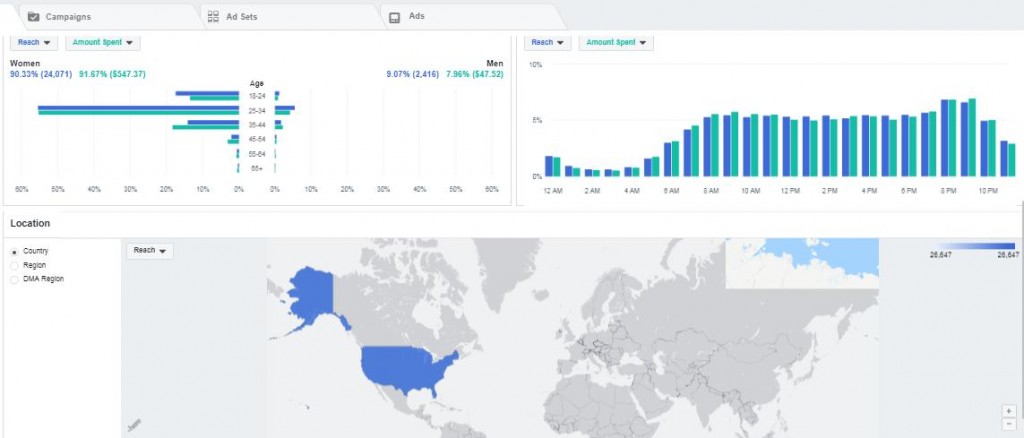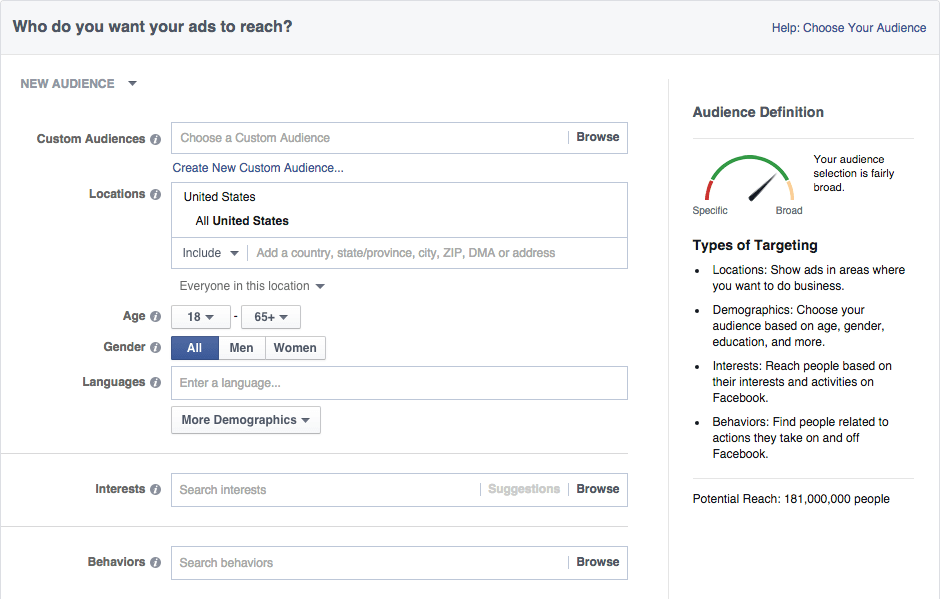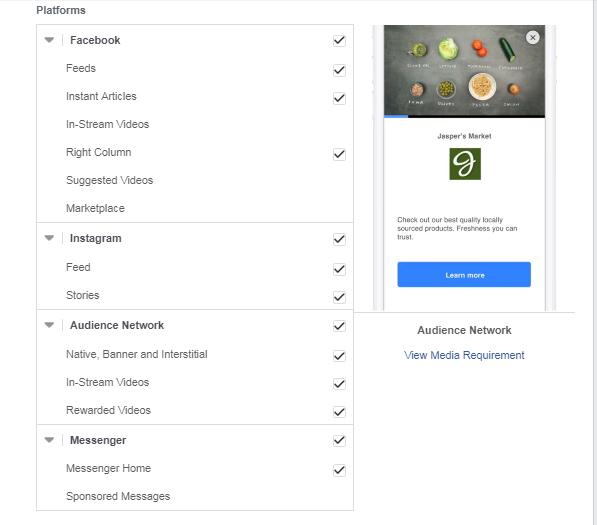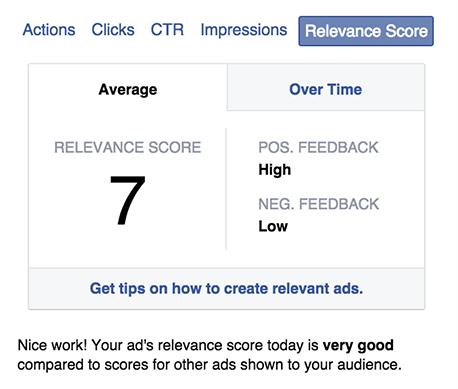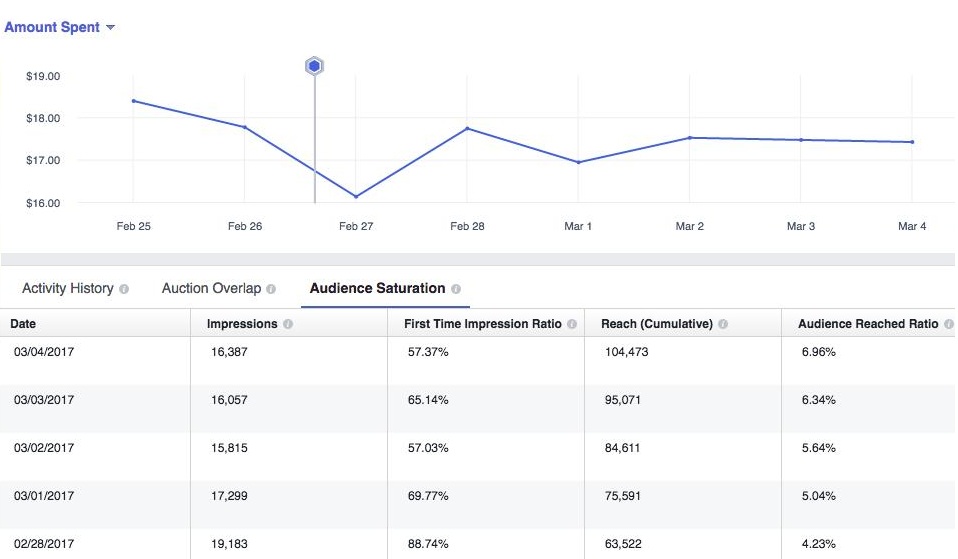Facebook has transformed from being just a social network to a powerful online advertising ecosystem. This transformation is driven because Facebook has constantly evolved and stayed relevant in the fast-paced digital world. Here are some facts and figures to prove that Facebook is too big to ignore especially by businesses.
Hard-Hitting Numbers For Facebook
- In the first quarter of 2018, Facebook attracted 2.19 billion active users every month.
- On average, 1.45 billion people visit Facebook every day.
- In Europe alone, more than 307 million people are active on Facebook. This proves that Facebook is a global phenomenon.
- Up to 29 percent of Facebook users age between 25 and 34. Means, it has some clearly defined demographics for businesses to target.
These figures show that Facebook is huge. Using this social network, many smart businesses have emerged as the biggest brands of all time. That means Facebook is a readymade market full of prospects. Now, whether a business is thinking of brand exposure or lead gen, this social network is powerful enough to deliver the results.
That is why many businesses are including Facebook in their marketing strategy. That is exactly why companies are using Facebook’s active user base to find their next ideal customers.
But targeting visitors and spreading brand awareness on Facebook is not that simple. To do that, a business should create, manage, and measure Facebook ad campaigns. That is how campaigns generate leads and grow revenue. But not every Facebook ad campaign is successful because it involves a lot of variables.
To top it all off, the social network releases new updates that make the process of getting customer attention more competitive. But there is one solution that comes in the form of some battle-tested tips. If businesses follow these tips by the book, Facebook ad campaigns can be successful. And that is how brands can move from nowhere to everywhere on Facebook.
Tips That Give Facebook Ad Campaigns The Power To Perform
Understanding Objectives:
Once a business knows what outcome does it want its campaign to drive, it will have to options to set the bid.
The first option is automatic bidding. In here, the ad auction system will automatically adjust the bid. This way, it will generate the most desired actions possible within a set budget. The second one will be manual bidding. Here, the campaign manager will establish a monetary value of the desired outcome.
If manual bidding is selected, the manager will begin with a bid representing the value of every action that will be optimized. For example, if the campaign wants to drive website conversions and every conversion is set at $15, the bid will be minimum $15. If, however, the bid is lowered, then that may bring down the number of people seeing the ad.
Finding The Best Budget:
For making sure that the campaign runs smoothly, the daily ad budget should be greater than the established bid. And if the objective of the campaign is pure conversions, then the ad budget’s value should be far greater than the bidding amount. Plus, if a business spits the total budget among many individual ads, then it will be very hard for each of them to deliver the best results.
Picking The Right Audience:
Finding the most appropriate campaign audience makes a huge difference in the way the ad set gets delivered.
While picking the right audience, a business should get super specific. This way, it makes sense to find those people/audience/prospects who will find the content relevant and interesting. However, make sure that the audience’s size does not get way too small. For this reason, campaign managers should use Facebook’s native Ad Create Tool to know whether the audience size is very narrow or broad. Based on that, the managers need to adjust accordingly.
Here are a few more handy tips that always help businesses pick the best audience:
- Use behavior- and interested-based targeting categories to laser in on those visitors that can be potential customers.
- Retarget existing customers or website visitors through Custom Audiences.
- Work with a Lookalike Audience that should be based on the people that constantly interact with the business.
Plus, the audience range should always match with the ad’s objective. By aligning the range with the campaign’s objective, businesses may easily use broad audience for running brand awareness ads. On the contrary, the specific audience will receive direct response ads only. If, however, the ad is not delivering the results, expand the audience size.
Stay Away From Audience Overlap:
Audience overlap happens when a business targets a number of different ad sets towards groups of audience that have common people. It is inadvisable just because ad auction avoids showing the same set of people many ads from one advertiser within a short interval.
For reducing or avoiding these overlaps, a business has to refine the audience using the tips mentioned in the point above. If, however, this phenomenon repeats, then a campaign manager may view better results by consolidating the ads in one ad set. The budget for such an ad set should be larger than before.
Nevertheless, while using the Lookalike Audiences option, many campaign managers face the trouble of getting their ads delivered. In that case, it is better to check out the advanced options for creating Lookalike Audience.
Picking Flexible Placement Options:
While creating the ads, it is simpler to opt for delivering the Facebook ads elsewhere. For instance, a campaign manager can simply choose to deliver ads through the Audience Network’s publishers or through Instagram. This way, a business improves its reach because its ads are running on more than one promotional platform.
And whenever a campaign manager sets the ads to run across Instagram, Audience Network’s publishers, and Facebook, it will be simpler for Facebook to optimize the ad delivery. Further, this optimization will happen more accurately as per the ad’s objective and budget.
Improve The Content’s Relevance:
Facebook always analyzes an ad set’s relevance for the targeted audiences before the ad show begins. That is why managers check the relevance score to analyze whether the ad is likely to be relevant for a set targeted audience.
As part of the ad’s relevance score, every single ad is analyzed for positive feedback and negative feedback. Positive feedback is gathered by analyzing how many times the ad was clicked upon, shared, and liked. Likewise, the negative feedback is analyzed by noting how many times the ad was reported or hidden by the platform users.
Based on these two feedback types, an ad’s relevance metrics is built. If the ad falls on the negative side, then managers have to fine-tune the ad’s message and make it more relevant to the targeted users.
Check Ad Competitiveness With Delivery Insights:
Under-delivery is one big sign showing that the ad delivery could be easily tweaked for being more effective. That is how some big ad campaigns have won more auctions.
But checking competitiveness of an ad is easier said than done. That is exactly why managers should use Delivery Insights. This module is available in Ads Manager. (This module can be found in “Delivery” column within an ad-set or campaign level. It even has its own tab under the “Tools” tab.)
It delivers a new group of insights telling advertisers how their ads compete at a specific auction. And that is not all as the module even provides recommendations on how the ad can be changed for being more competitive. Delivery Insights easily picks all the ad sets giving an underwhelming performance. By applying the actionable insights from Delivery Insights, an advertiser can develop more competitiveadsets.
Building Result-Driven Facebook Ads With The Right Expert
Overall, Facebook ads should be valuable for business and relevant for people. If a business finds it hard to create a Facebook ad campaign that drives traffic and ROI, then it should get SMO solutions built to deliver paid Facebook campaigns. A dependable digital marketing agency will have experience in Facebook Ad campaign management so that a business’s growth becomes easier, faster, and more social.


 rohit
rohit